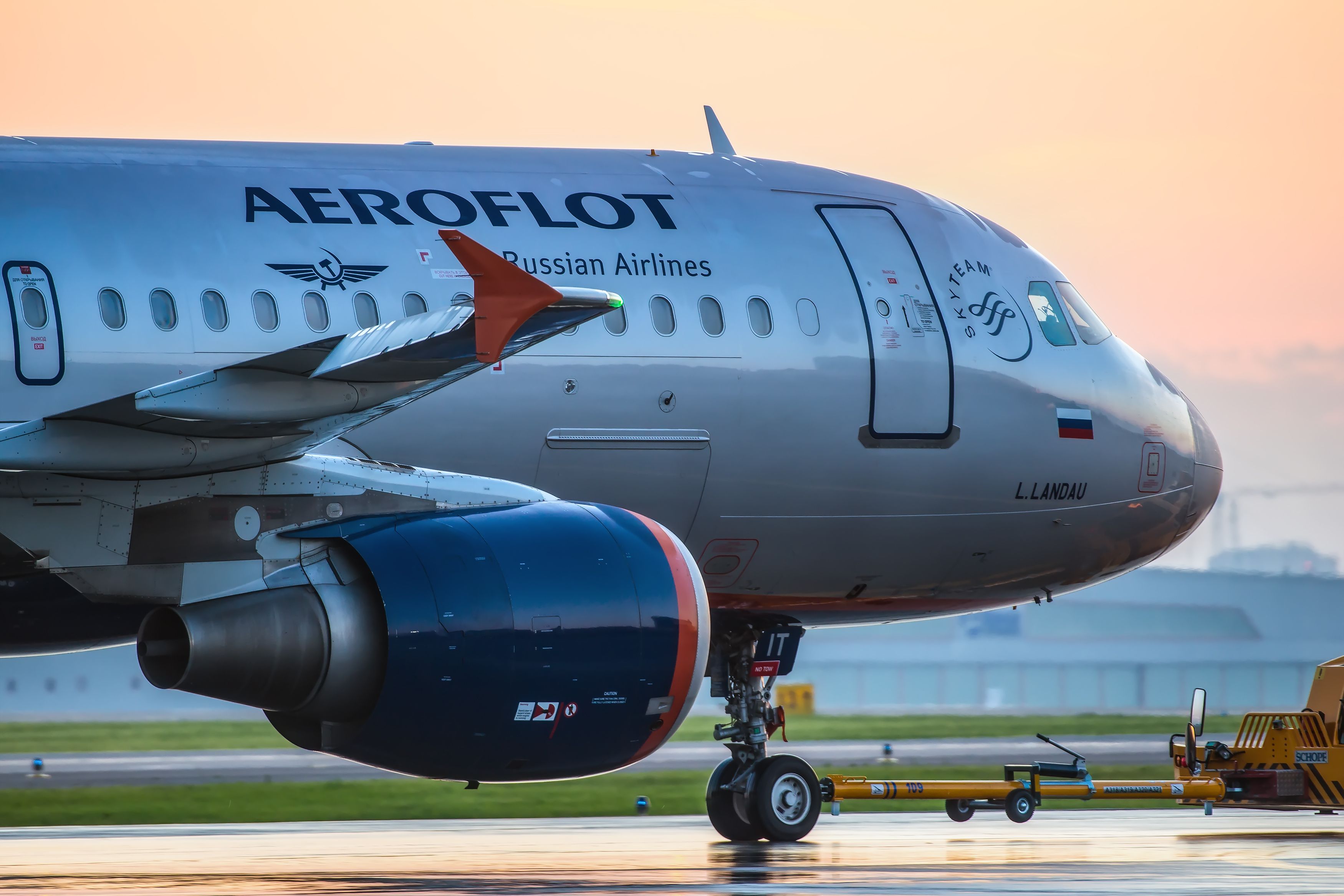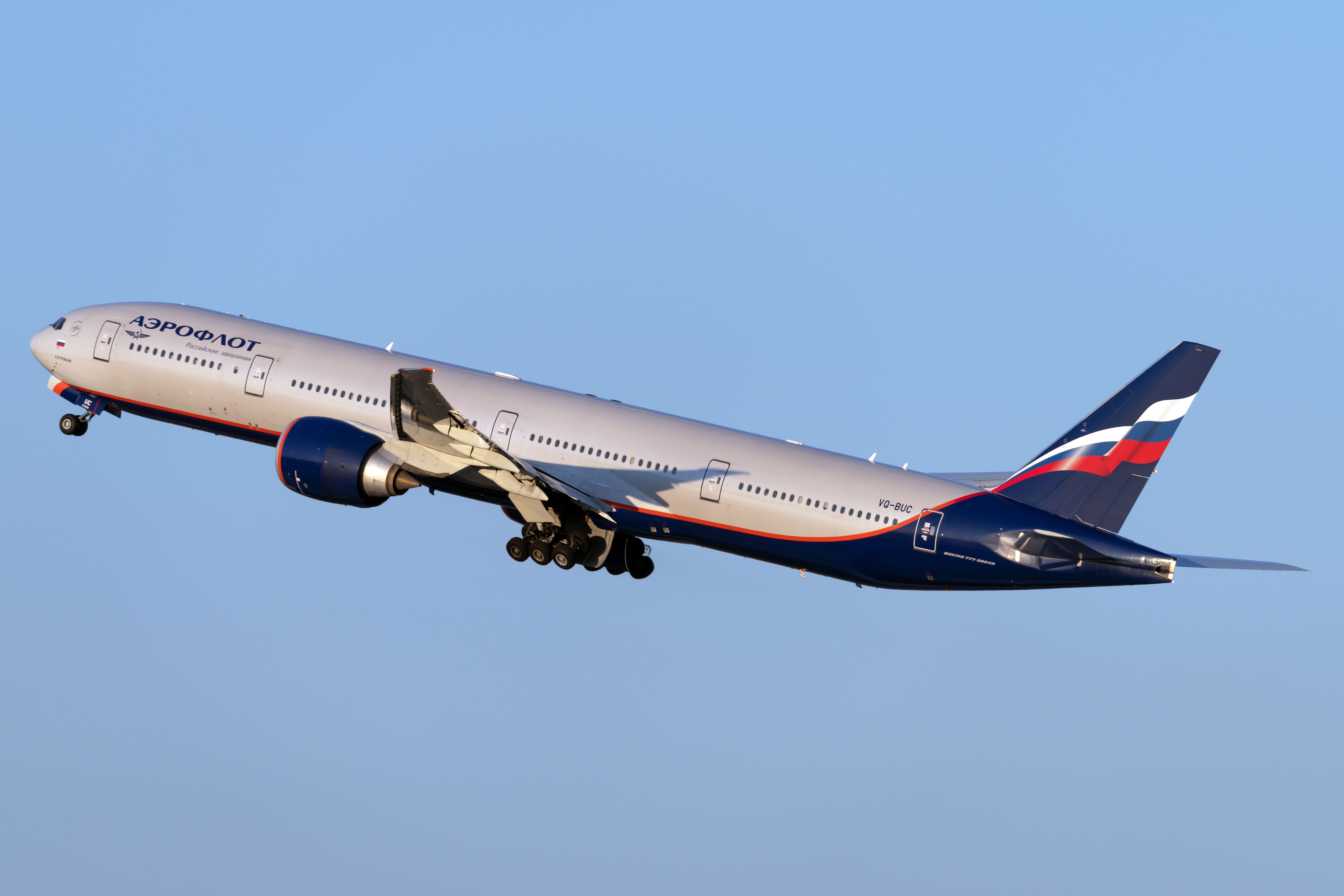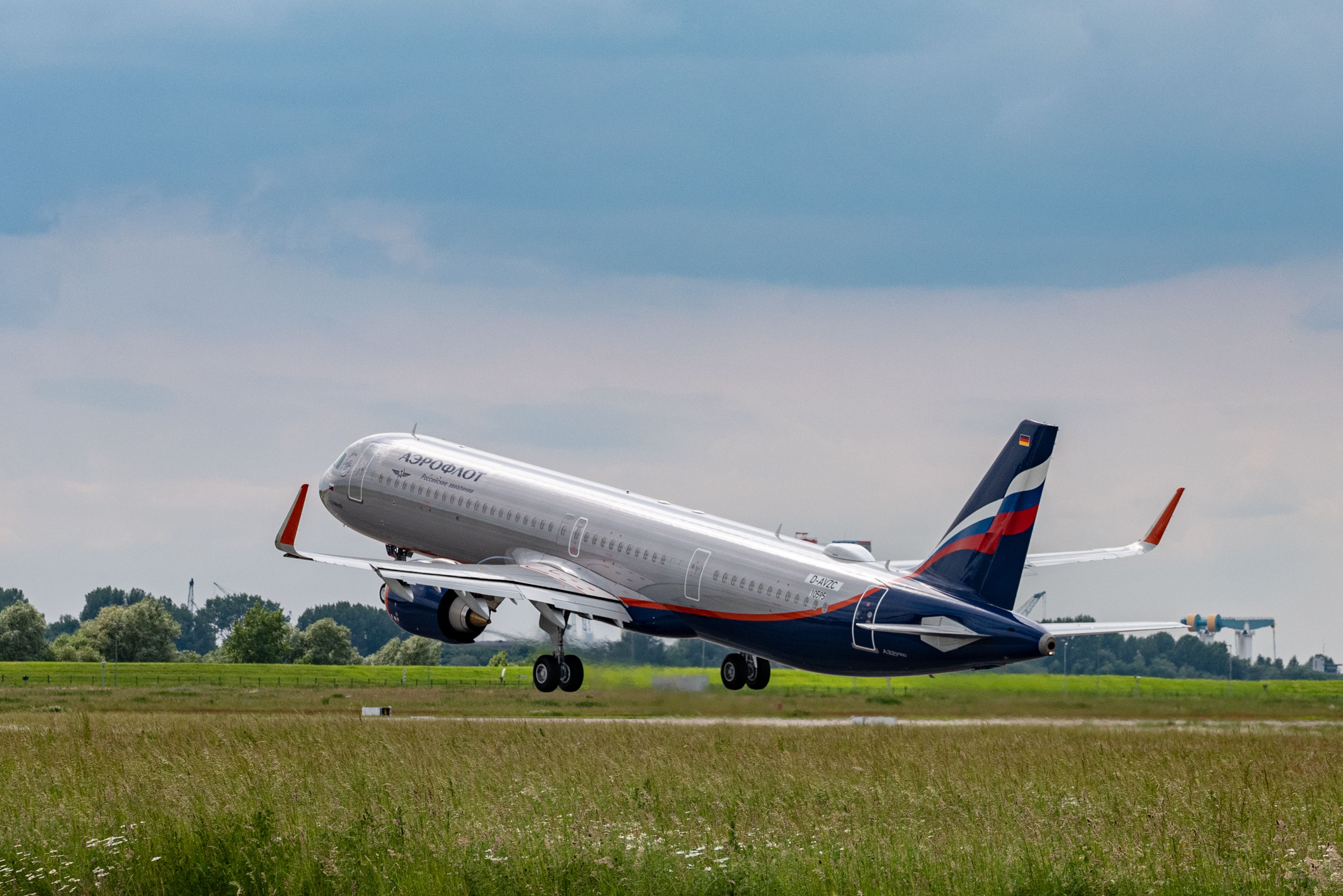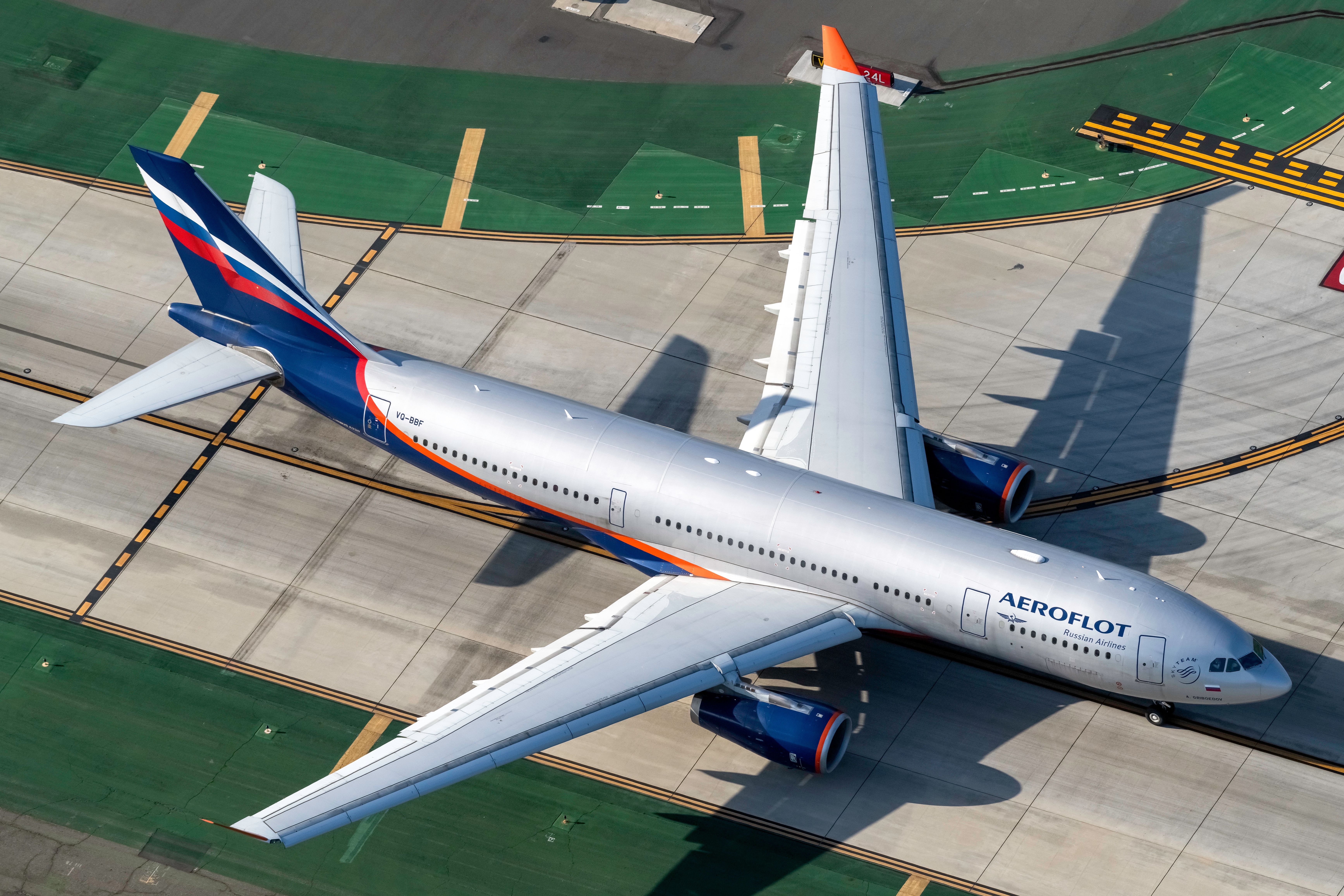According to local media reports, Russian flag carrier Aeroflot has begun reactivating several stored aircraft. Twelve jets, all Boeing and Airbus, will re-enter service this summer as demand for domestic and international air travel within the country begins to recover.
Returning to service
As reported by Vedomosti earlier this week, a mix of Boeing 777 and 737 and Airbus A321ft and A350 aircraft will join Aeroflot's fleet over the next several months. At least two aircraft, 777 (RA-73139) and 737 (RA-73110), have already returned to service.
The jets were stored last year following a sharp downturn in air travel caused by international sanctions on the country. With passenger traffic seeing a notable increase of around 50% year-on-year between January and March, the airline has looked to strengthen its fleet. Three more aircraft, a 737, A321, and A350, are also planned to take to the skies "in the near future."
"Storage was a temporary solution. The measure made it possible to avoid unjustified losses and focus on a complete rethinking of the network of routes abroad and an effective increase in the presence in the domestic transportation market, including, to a large extent, on regional routes with tourism potential" an Aeroflot source explained to Vedomosti.
Existing fleet
Aeroflot currently operates 179 aircraft, primarily a mix of modern Airbus A320 and Boeing 737 family narrowbodies, alongside 22 Boeing 777s, 12 Airbus A330s, and 7 A350s. The carrier also holds one Sukhoi Superjet 100 following a fleet transfer to its subsidiary Rossiya in 2022.
While operating a relatively large fleet, the carrier remains under international sanctions, limiting its maintenance and repair overhaul (MRO). Earlier this month, Aeroflot revealed that it had begun outsourcing work to Iran, with one Airbus A330-300 (RA-73700) being sent for repairs at Mahan Air's maintenance facility in Tehran (THR). The 11-year-old aircraft arrived in Iran on April 5, after several weeks on the ground at Moscow Sheremetyevo (SVO), and remains at the airport as of April 21.
In a statement provided to Reuters, the carrier clarified,
"The firm has all the necessary material resources, certificates and extensive experience, while the provider performs maintenance with a high quality level.”
Alternative options
Aeroflot's decision to begin utilizing MRO facilities in Tehran follows a concerning trend of Russian-operated aircraft struggling with a range of issues caused by limited access to parts and maintenance. In January, Russia's Federal Air Transport Agency approved the cannibalization of grounded aircraft to ensure the airworthiness of the country's existing aircraft; however, the move appears to have had limited impact.
Get all the latest aviation news right here on Simple Flying.
According to ARBAT Media, during the first week of January, Russian airlines recorded a record-breaking seven incidents leading to significant disruption across the wider network. Two incidents were recorded alone on January 6, in which an Azur Air flight between Novosibirsk (OVB) and Thailand returned to the airport around six hours after take-off. A second flight from Kazan (KZN) to Yekaterinburg (SVX) operated by Red Wings was similarly forced to return to the airport shortly after take-off due to an issue with its landing gear.
Have you flown with Aeroflot before? What was your experience? Let us know in the comments.
Sources: Vedomosti (1) (2), Reuters, Aviation Week, ARBAT Media




